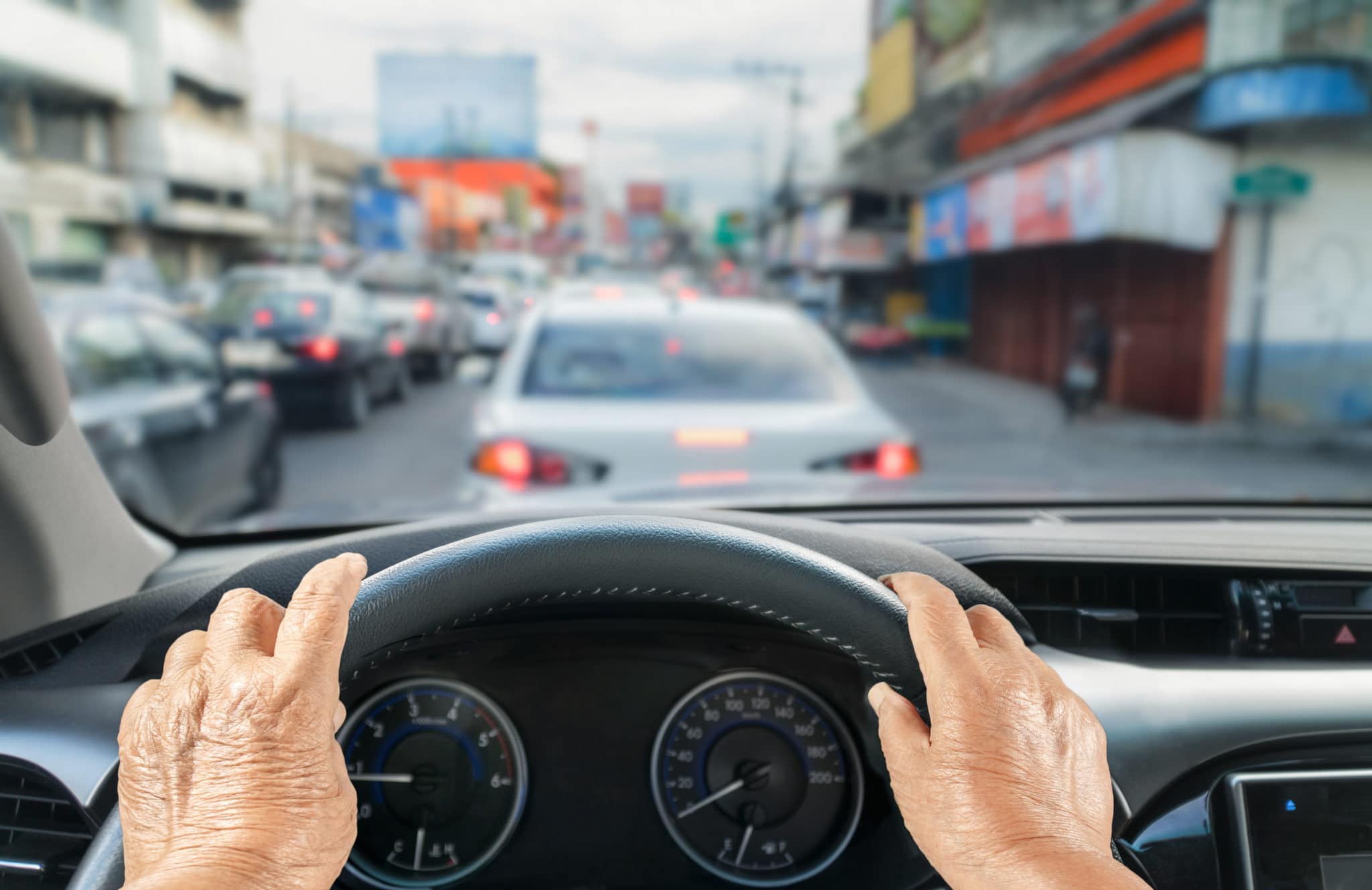What is visual attention?
You’re in the kitchen, standing at the stove, looking out the window into the backyard. What do you see? A swimming pool? The dog chasing a squirrel? Whatever it is – whatever object, color, or movement you zoom in on – results from the proper operation of your visual attention.
After all, seeing is more than our eyes’ ability to view external stimuli. Seeing is a complex process that allows us to efficiently deal with massive amounts of external information by selecting relevant information and filtering out irrelevant information.
As we observe the environment around us, that information is stored in our working memory, so that we are aware of potential hazards around us. This sort of focus allows us to perform everyday tasks, such as walking and driving, without injuring ourselves.
The effects of poor visual attention
The deterioration of visual attention abilities is common with dementia, and is usually the first indicator of cognitive impairment following memory loss.
When these abilities decline, the visual field becomes smaller, hindering performance in everyday tasks that require visual search, such as reading, driving a car, identifying someone in a group, or finding your favorite breakfast bar in the cereal aisle.
Indicators of reduced visual attention
Poor visual attention lowers the ability to avoid obstacles while walking. Falling or lower levels of mobility in seniors are strong indicators of reduced visual attention, and may indicate the need for long-term care.
Contrary to common misconception, poor vision isn’t the primary cause of motor vehicle accidents among seniors. In fact, older drivers with poor attentional capacity due to a limited visuospatial field are six times more likely to crash compared to those with no or minimal impairment.
Vision tests aren’t enough to determine someone’s ability to walk, drive, or perform other mobility tasks. Instead, a cognitive test of visual attention serves as a true indicator of functional decline.
If you want to learn more about this topic, we invite you to watch the following video about visual attention and how it relates to memory loss.
References
- Ball, K., Owsley, C., Sloane, M. E., Roenker, D. L., & Bruni, J. R. (1993). Visual attention problems as a predictor of vehicle crashes in older drivers. Investigative Ophthalmology & Visual Science, 34(11), 3110-3123.
- Broman, A. T., West, S. K., Mun~oz, B., Bandeen-Roche, K., Rubin, G. S., & Turano, K. A. (2004). Divided Visual Attention as a Predictor of Bumping while Walking: The Salisbury Eye Evaluation. Investigative Opthalmology & Visual Science, 45(9), 2955. https://doi.org/10.1167/iovs.04-0219
- McMains, S. A., & Kastner, S. (2009). Visual Attention. In M. D. Binder, N. Hirokawa, & U. Windhorst (Eds.), Encyclopedia of Neuroscience (pp. 4296-4302). Berlin, Heidelberg: Springer Berlin Heidelberg. Retrieved from https://doi.org/10.1007/978-3-540-29678-2_6344
- Rizzo, M., Anderson, S. W., Dawson, J., Myers, R., & Ball, K. (2000). Visual attention impairments in Alzheimer’s disease. Neurology, 54(10), 1954-1959. https://doi.org/10.1212/WNL.54.10.1954


